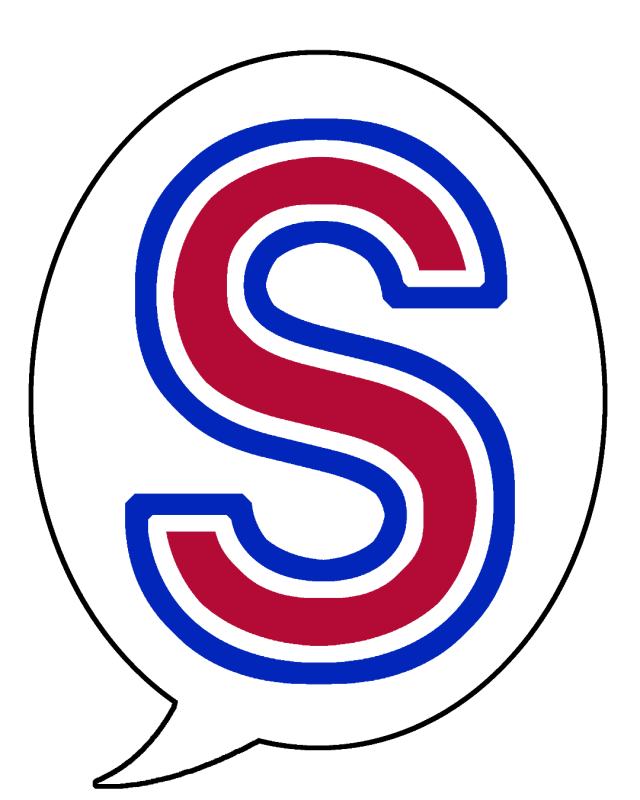English is famous for having lots of tenses to choose from. The first tenses to learn are the present tenses, talking about now. In English, we have different ways of thinking about what ‘now’ means. In this post, I’ve explained some of the main differences between the present simple and present continuous and when to use these tenses.
Form
Let’s take a look at the form of these tenses first.
The present simple is constructed like this:
I work. – I don’t work. – Do you work?
She works. – She doesn’t work. – Does she work?
When we form negative sentences and questions, we use the helping verb do. When we talk about he/she/it, we add an ‘s’ to the main verb (or helping verb in negative sentences and questions).
The present continuous is constructed like this:
I am working. – I am not working. – Are you working?
She is working. – She is not working. – Is she working?
In these sentences, we always need the helping verb be and the ing form of the main verb.
Facts
When we talk about facts and things that are always true, we use the present simple. For example:
Water boils at 100 degrees.
The town is 20 miles from the coast.
He has dark hair.
Routine
When we talk about routines and repeated actions, we use the present simple. There are some signal words that show this, including often, usually, sometimes, rarely, never, every day, once a year, etc. If we answer the question “How often….?” we use also the present simple.
I leave the house at 7 am every morning.
We go to the cinema once a month.
He usually has meetings on Tuesdays.
The company closes over Christmas every year.
Actions right now
When we talk about actions taking place at this moment, we use the present continuous. Signal words for this include right now, at the moment, at this minute, today, this morning, just, etc. For example:
I’m doing my homework.
Right now I’m finishing the report.
At the moment I’m trying to call the hotline.
Today we’re discussing the budget.
Actions around now
We also use the present continuous for actions around now. This means something might not be happening at this moment, but it is a temporary situation still ongoing. For example:
I’m learning Spanish.
We’re working on the new project.
She’s staying with a friend for a month.
Changes
To describe changes taking place now, we use the present continuous. For example:
Our customers are using our online chat more often.
More people are cycling to work.
Young people are becoming more interested in politics.
Future plans
We can also use the present continuous to describe future plans that are set and have been planned, often with someone else. For example:
I’m going on holiday in June.
We’re visiting our sister at the weekend.
They’re going out for lunch tomorrow.
Summary
As a general rule, it could be helpful to remember that if something only happens once or for a short time, we use the present continuous, and if it happens more than once, we use the present simple.
Extra practice Make a short list of verbs from your course. For each verb, say and then write two sentences with that verb, one in the present simple and one in the present continuous. For example: 'work' --> 'I work from nine to five every day.' / 'I am working on an important project at the moment.'
Do you have any more tips and tricks to remember which tense to use?

